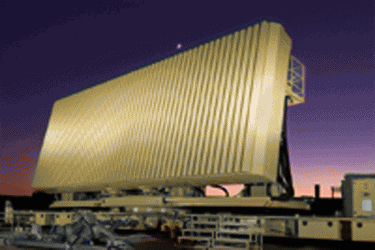@Death by chocolate,
Let me care to explain how VERA can look into india, i am not going to speculate on how far inside it will look into india.
As posted, the triagular principle dictates to have a 3D picture all the recievers should recieve singal from one concerned object. if 2 passive antennas or VERA are recieving signals from aircraft, safely, we can say 2D picture of that object is available. However, if one passive antanne recieves it, it might be able to suffice that objects information to point its location. ( someone correct me with 1 passive reciever recieving information only).
we know that Veras are kept 40 kms apart at maximum, the minimum seperatoin between the 3 passive antennas can also be acheieved but it will compromise not only the accuracy of detectotion but also the range of the system.
If Pakistan experiments with 2 recievers placed in parallel to the indian border , lets say 10 miles away from indian border international border and the third one lets say deep inside about 40 miles from the border, then inorder for triangulation principle to hold, the reciever will be in the middle of all three devices. based on this, passive radars should be able to pick signals from indian airspace. how much range, i wont be able to answer it. it all depends on how sensitive the passive reciever is...
if what the previous posts have pointed out that 450km range surrounding it, then i can safely say that 400kms range inside india is possible..... this is what i can infer based on my signal processing/wireless knowledge i have due to my engineering background...
my only concern is the microwave link to the central site using Line of sight. Bad weather plays havoc with microwave links, lighting specially distorts the signal completely. but still i am sure the designer kept these limitations in mind and designed some LC filters to clean the noises introduced by the surroundings and also by changing weather...
Hope this helps in understanding how triangulation principle can be applied close to the border... if not, i will love to explain in more detail..




























